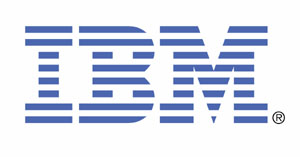
The idea of putting email management in a Web browser dates back—well, let’s just say if that if the concept were a child, it would be hitting puberty. However, the concept was mostly aimed at consumers and Internet end-users until Google decided to pitch its Gmail services to businesses as part of its Google Apps package. Now, technology giant IBM thinks Google might be on to something: International Business Machines is launching LotusLive iNotes, a new Web-based email services specifically targeting corporate email users. And IBM plans to charge just $3 a month ($36/year) for LotusLive iNotes, less than Google charges corporate clients for Gmail services.
LotusLive iNotes won’t have as many features as Gmail—and certainly won’t have some of the wackiness that can emerge from Google Labs—but IBM’s reputation for providing rock-solid services may be enough to lure some customers away from Gmail. Google has recently been hit hard by Gmail outages and service interruptions that have left customers without access to email or other services for several hours. Some customers brushed the problems off as no big deal, but for others they were a major headache. Despite being a virtual non-entity in the consumer computing space, Lotus Notes remains one of the most widely-used email programs on the planet in corporations, government, and enterprise, and the name along may enable IBM to bring customers to its new service.


